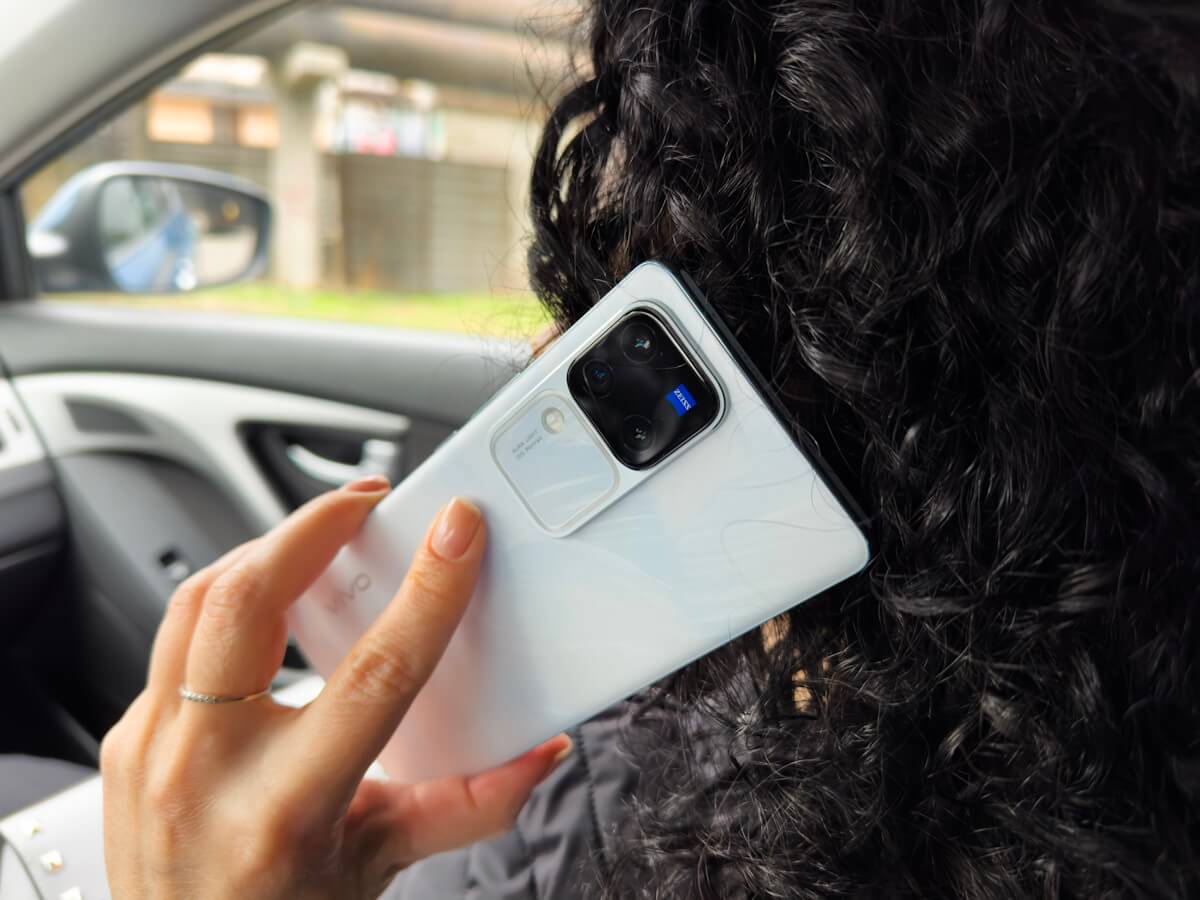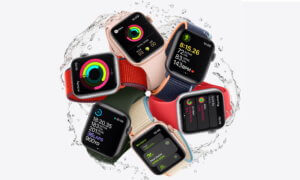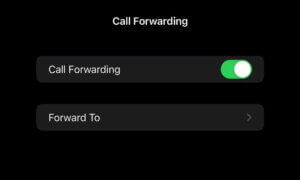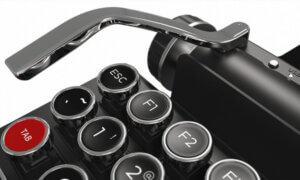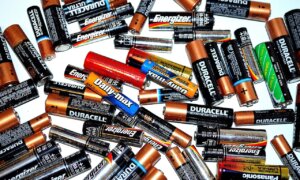It’s that time of the year again: Vivo is back! Today we’re testing the Vivo V30 Pro, a flashy phone co-engineered with Zeiss. Vivo does tend to have some of the best Android cameras out there, so let’s see if the partnership with Zeiss pushed the performance to the top.
Before we dive into all the fine details, here are the main points of this device.
Vivo V30 Pro pros:
- Great camera and portraits
- Very good battery life
- Sleek design with beautiful display
Vivo V30 Pro cons:
- Has a mono speaker (why???)
Vivo V30 Pro Look and feel
Vivo V30 Pro is a pretty phone…but when did Vivo release an ugly phone? In my opinion, the company has knocked it out of the park design-wise for a few years now.
The Vivo V30 Pro is a stunning device. It’s incredibly thin considering it has a 5,000 mAh battery. The rear camera island looks very sleek and almost flush against the back, and features Schott glass as protection for the lens.
However, the Vivo V30 Pro model we got, the Bloom White edition, does seem to be a little too delicate to my tastes.
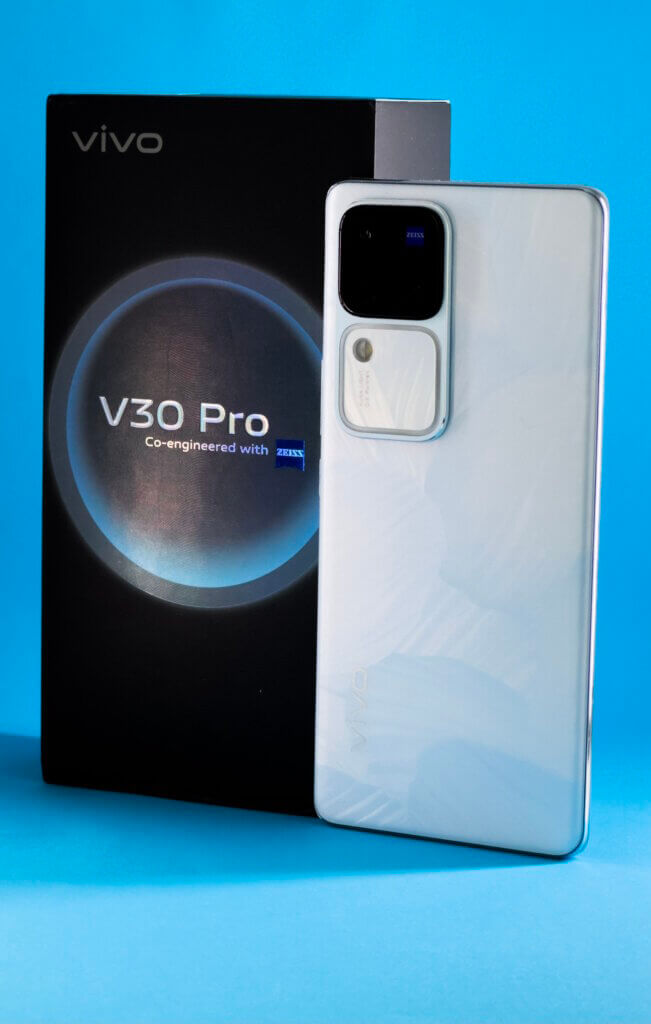
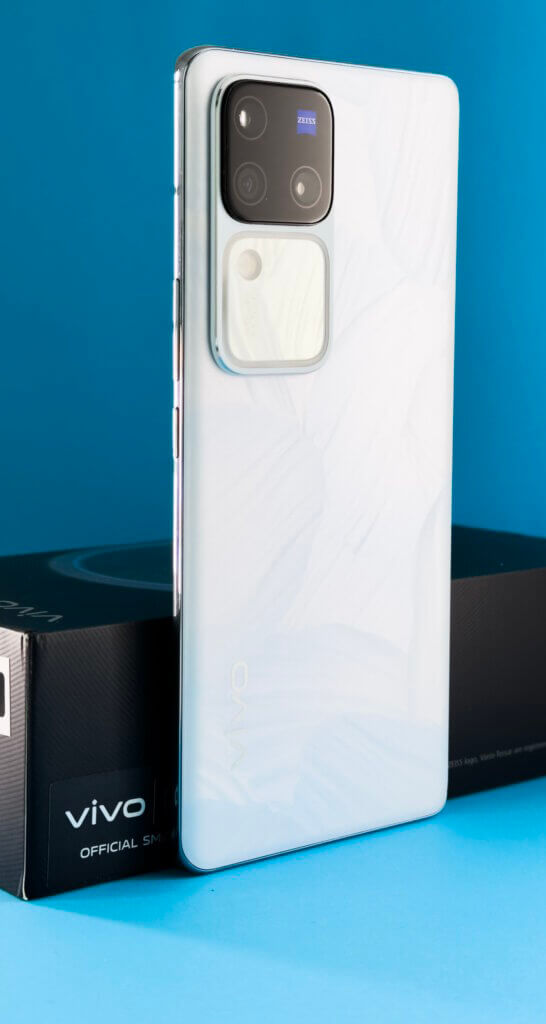
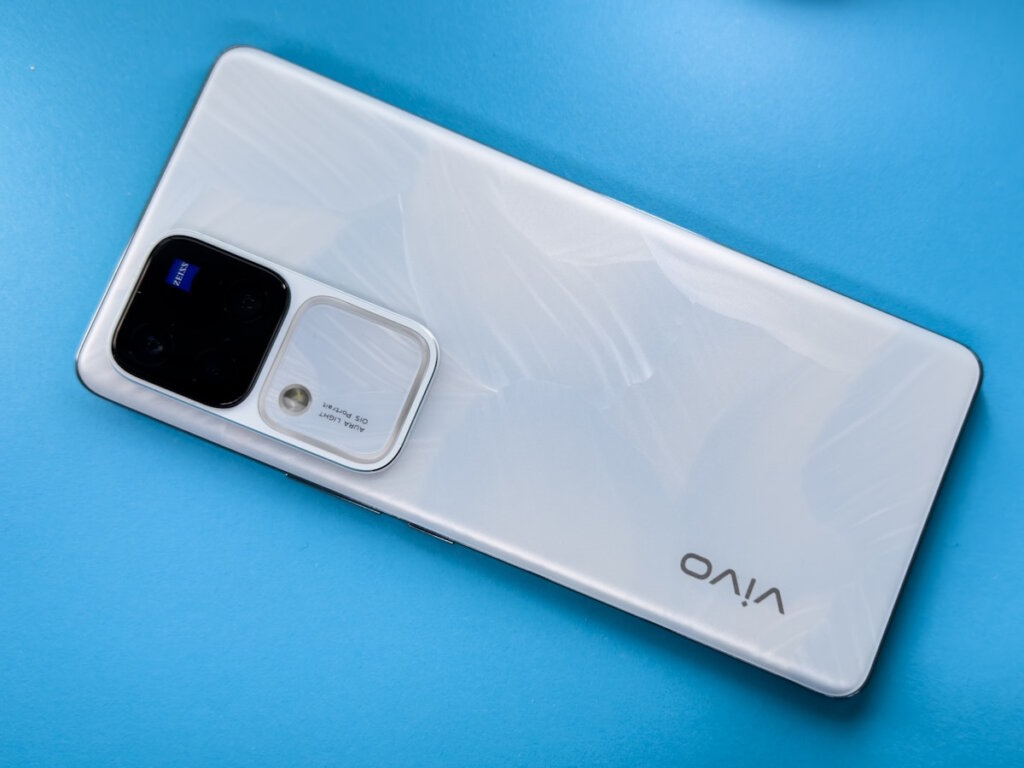
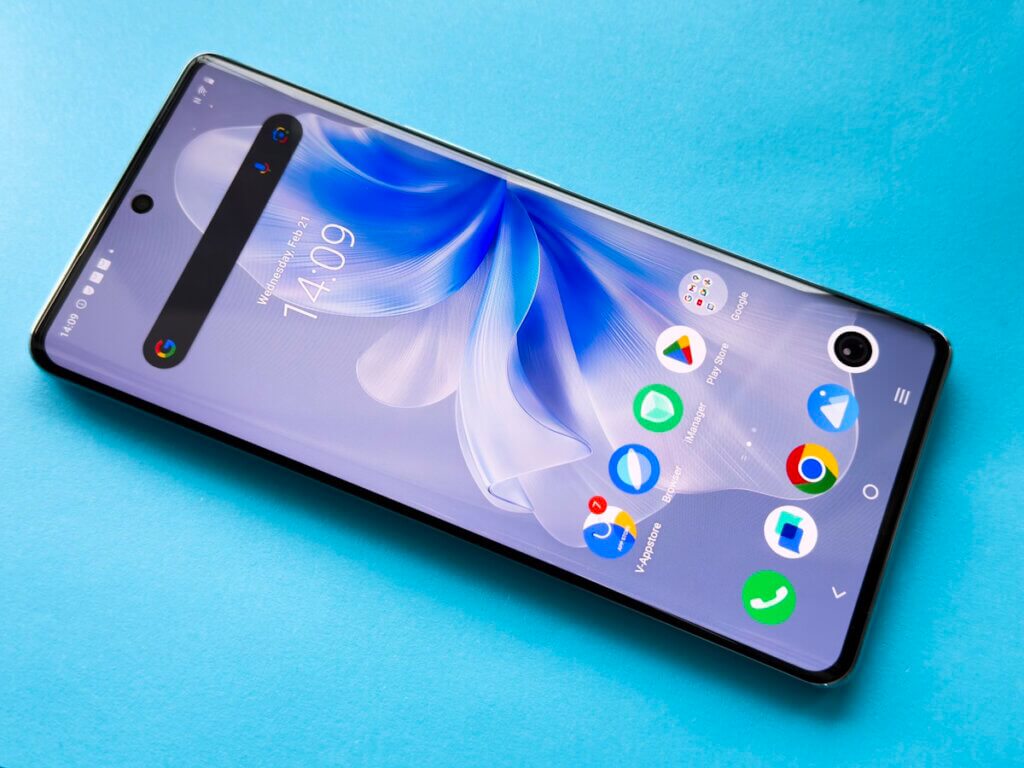
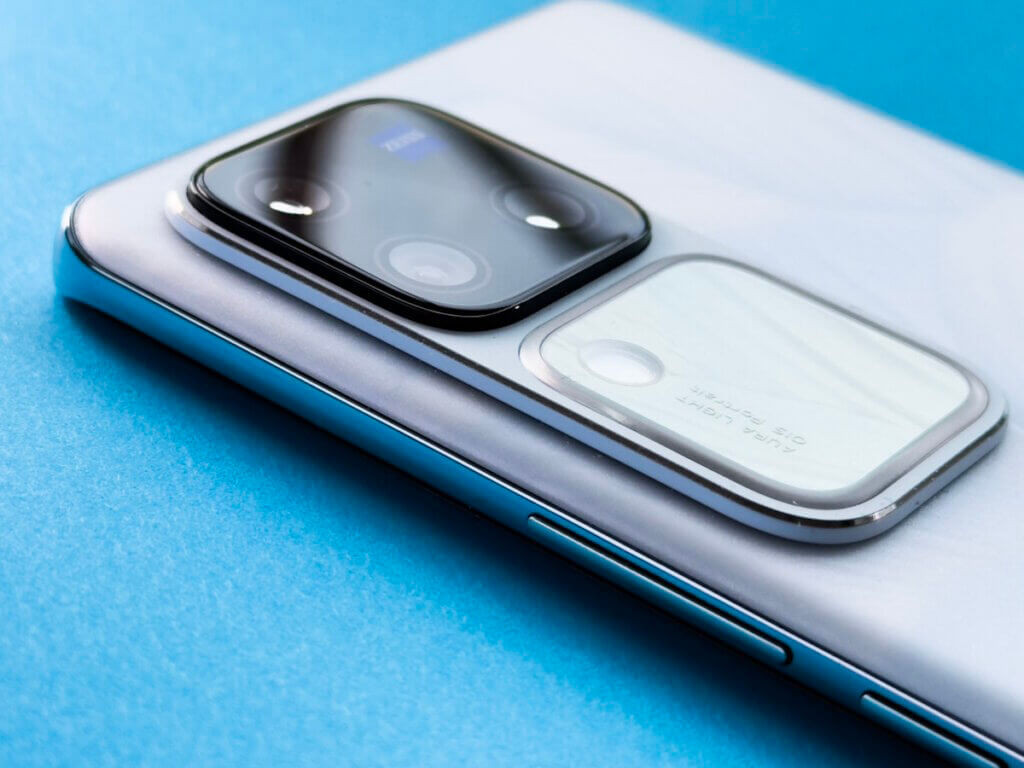
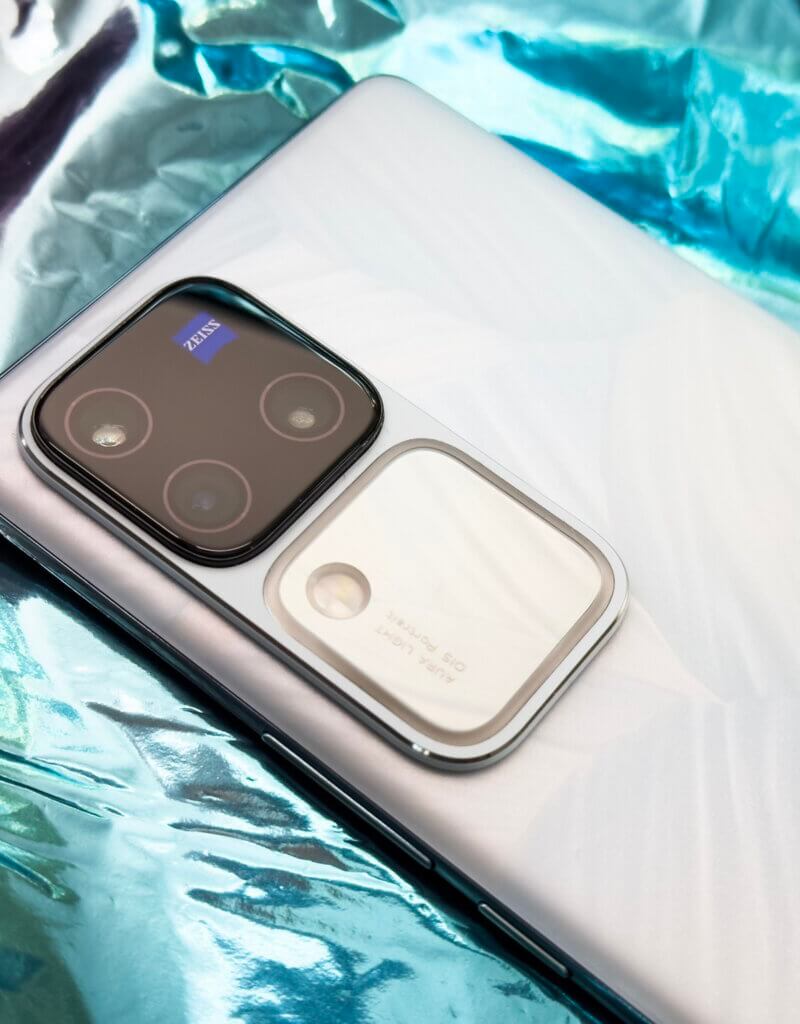
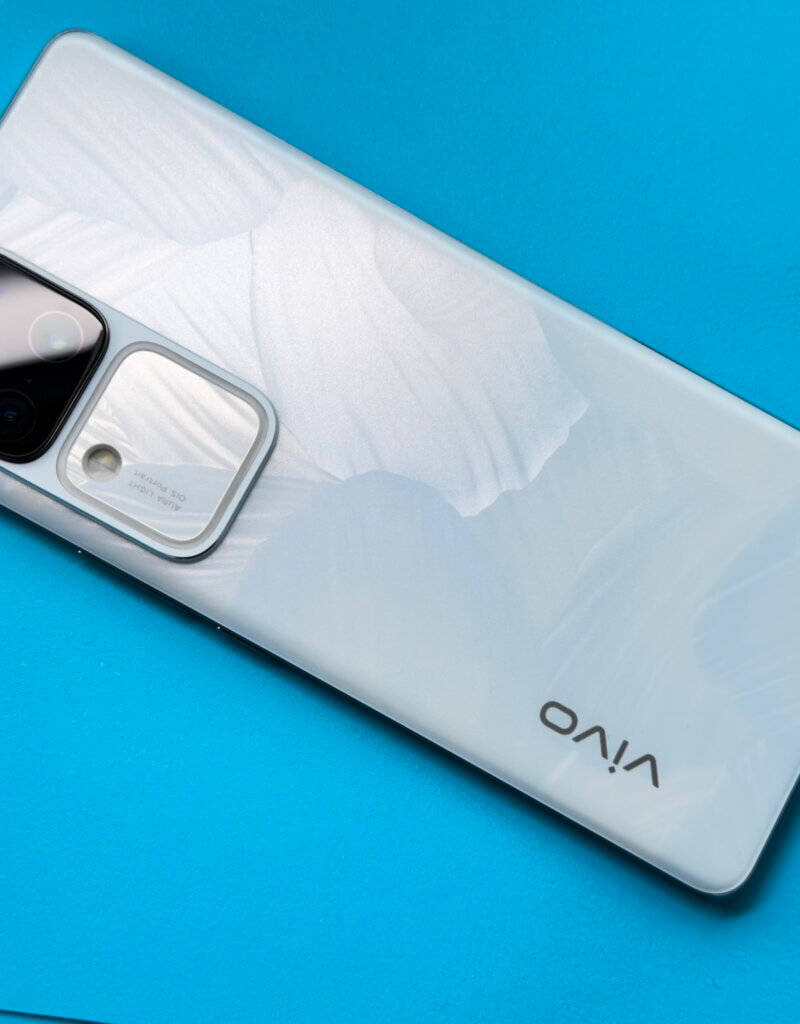
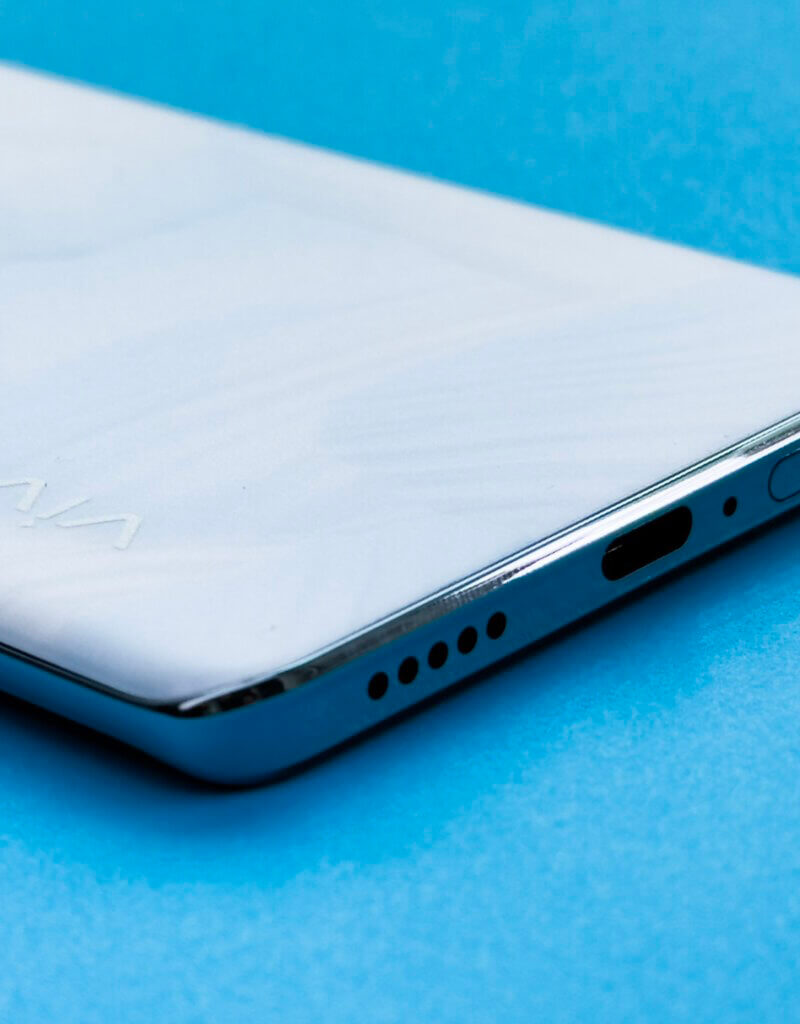
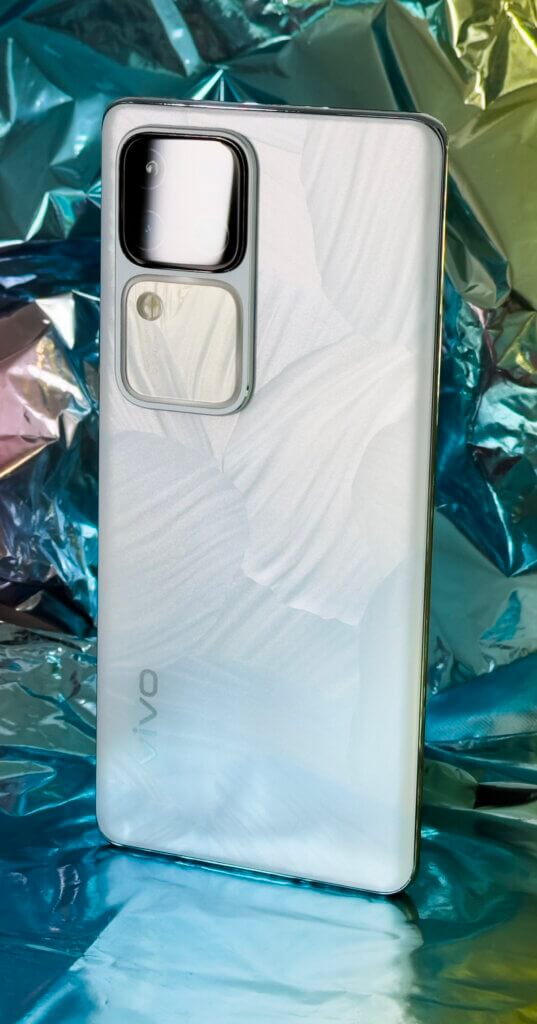
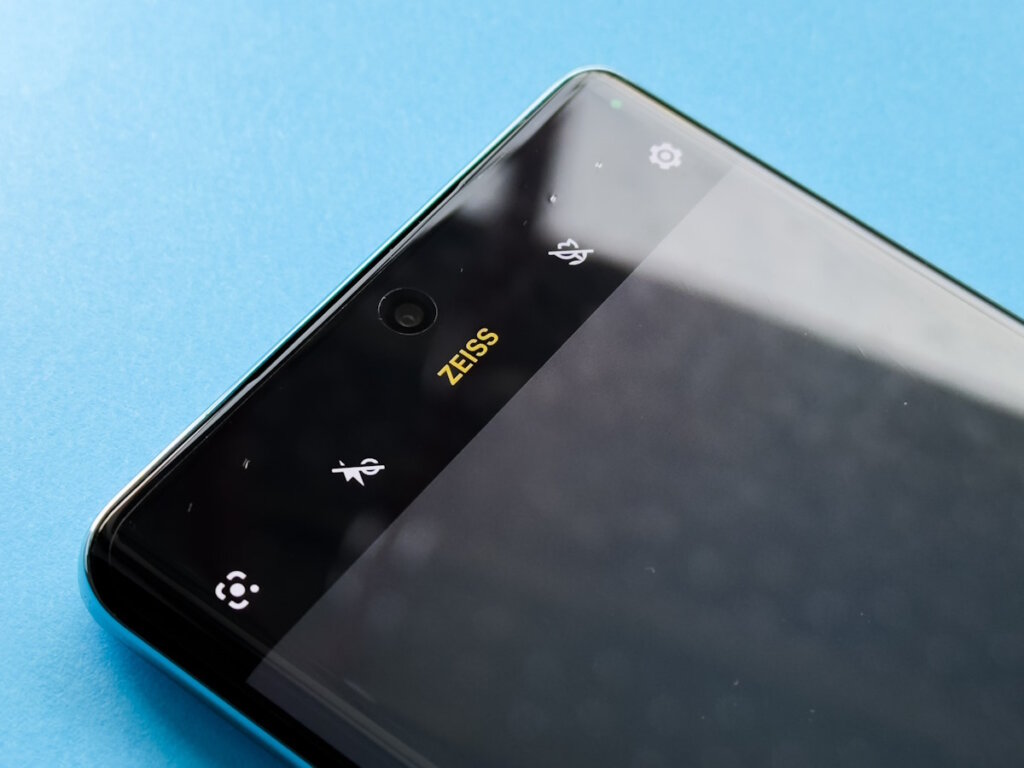
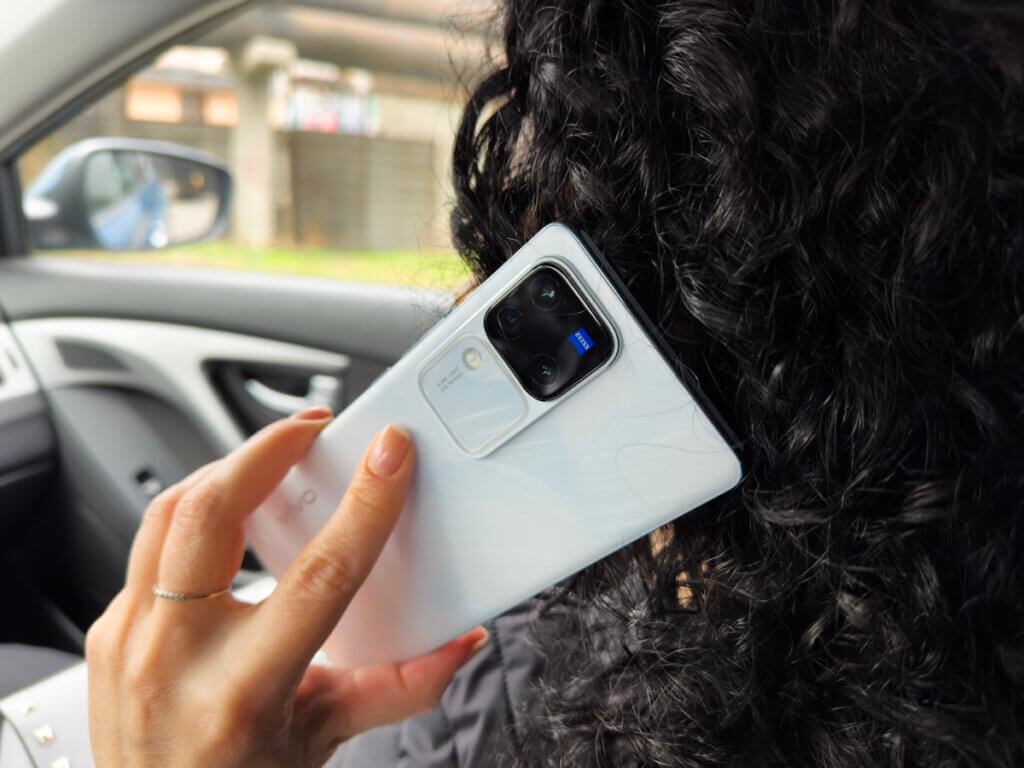
Unlike the Waving Aqua model, which has magnetic particles making a ripple effect, and the Lush Green, which uses those awesome color-changing crystals that darken under UV light, here you have a floral pattern. Vivo says the design was made using photolithography and adds “an incredible 13 million lines to the phone’s surface” but for my tastes it’s a bit too flashy. It did look great when my spouse used it, though!
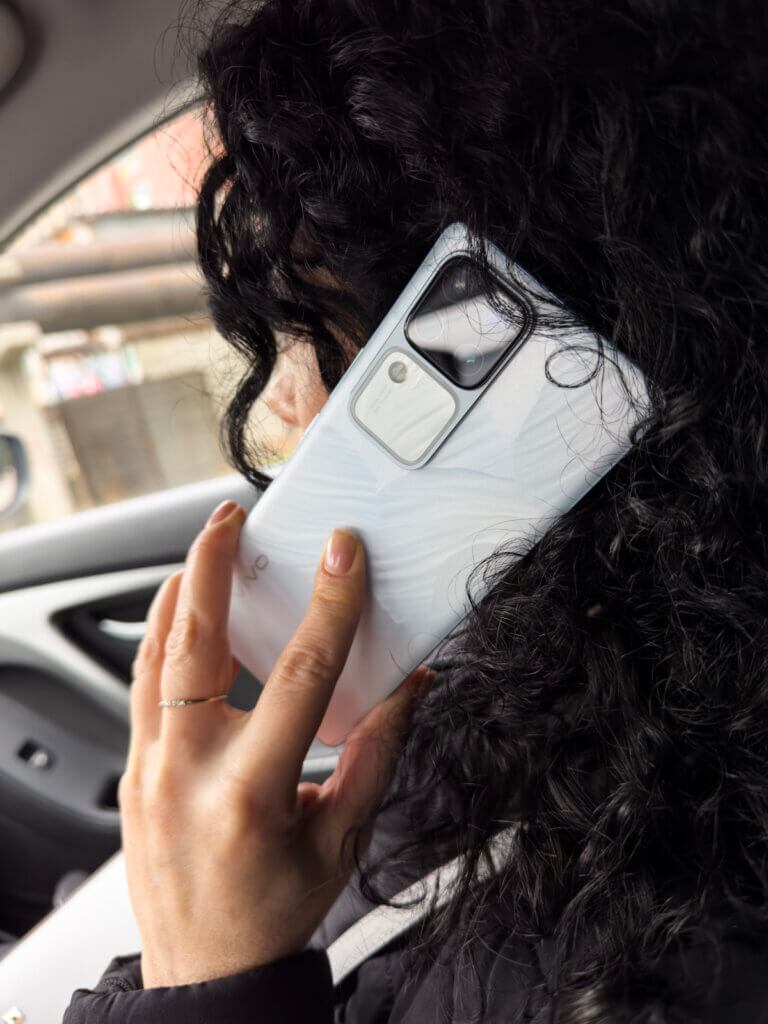
Vivo V30 Pro specs and performance
Straight to the point? The Vivo V30 Pro has the great performance you’d expect from a mid range phone today but it truly shines at battery life.
Vivo V30 Pro has a 4nm processor paired with 12GB+12GB extended RAM.
The large 5,000 mAh battery goes from 0 to 100% in 46 minutes, thanks to 80W flash charging, and Vivo says that, from their tests, battery health should remain above 80% after 1600 charge-discharge cycles, so more than four years.
That huge battery powers a gorgeous 1.5K 3D curved display with an 120Hz refresh rate and a brightness not seen before on Vivo phones.
“With peak local brightness of 2800 nits, 213% higher than the previous generation, and maximum overall brightness of 1200 nits, users can enjoy screen content in strong sunlight,” wrote the company in the official announcement, adding that the phone has an SGS eye protection certification. I can’t speak for the certification, but the display quality was evident in my time with the phone.
The company also says they put an Ultra Large Cooling System with a large vapor chamber of 3002 mm2 under the hood, which should account for very smooth gaming with no overheating.
After a full day of testing, including various benchmarks, testing the camera, watching YouTube and even about an hour’s game time, the Vivo V30 Pro battery still had 27%. For phones nowadays, to have 25% after 8 hours of screentime is a pretty rare performance, so top points to Vivo here.
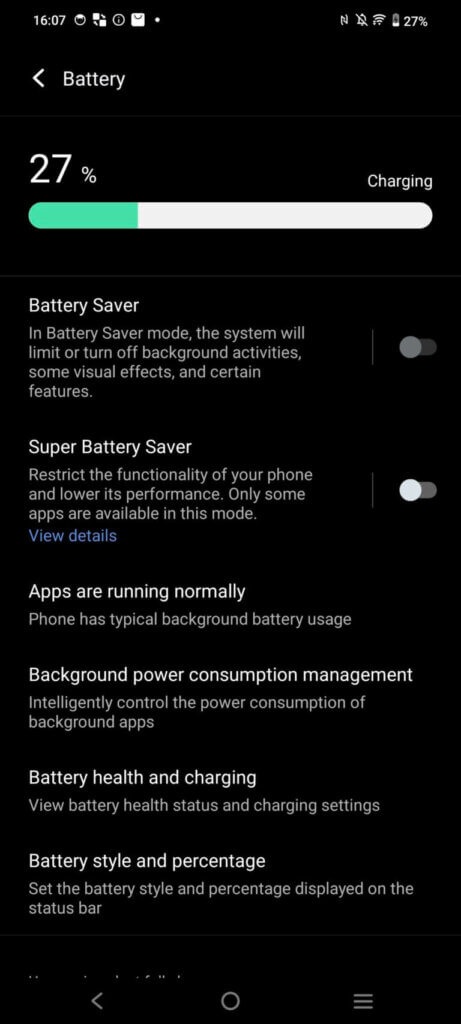
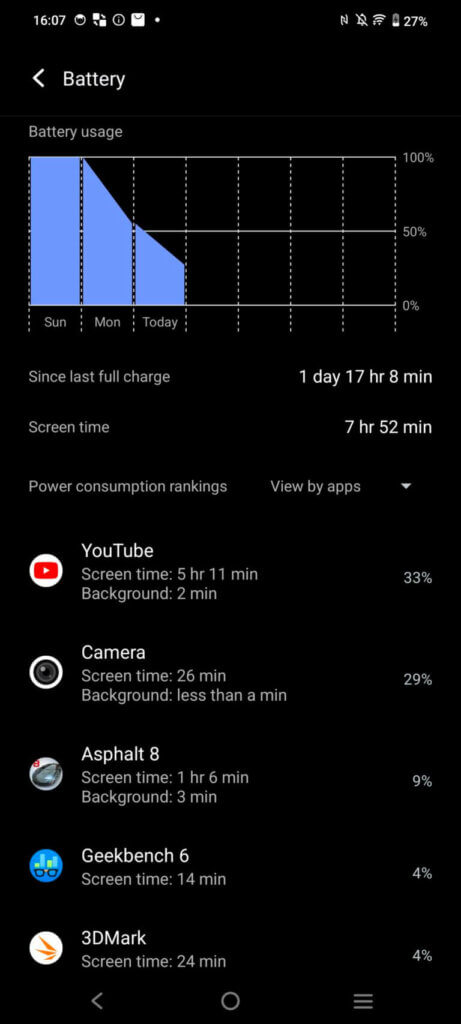
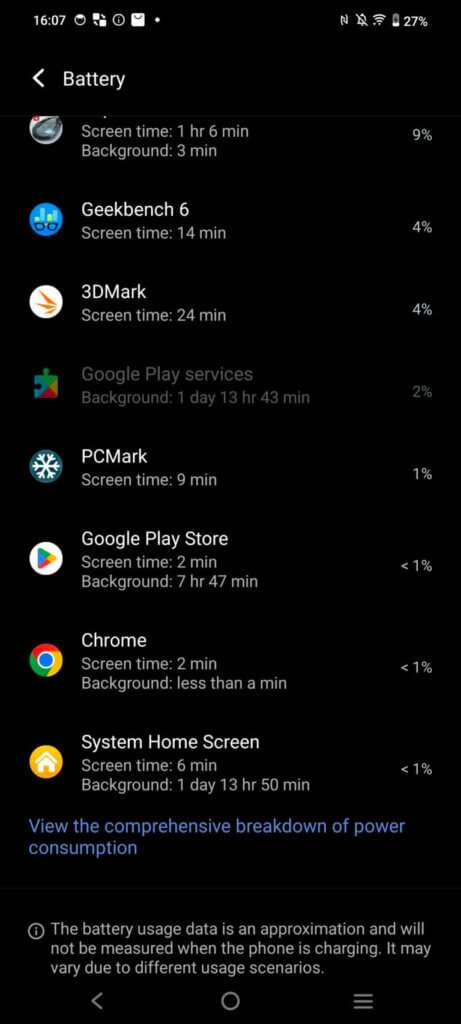
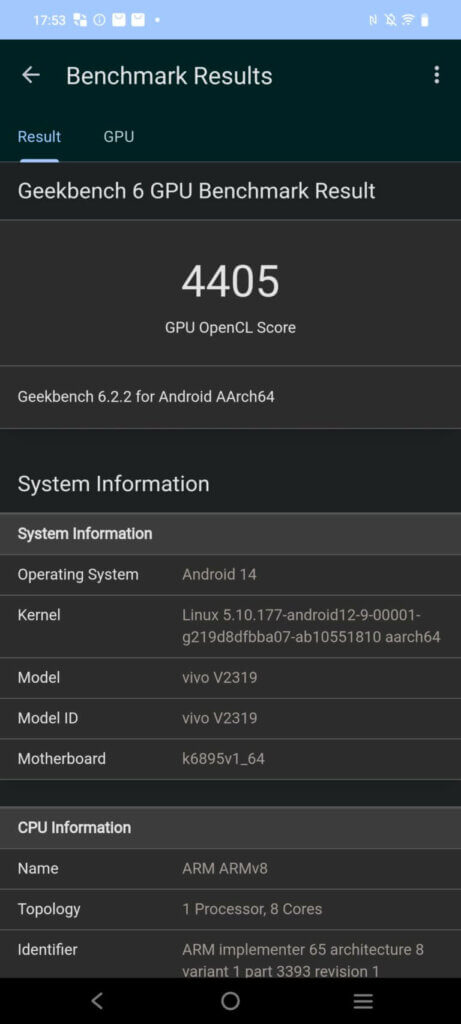
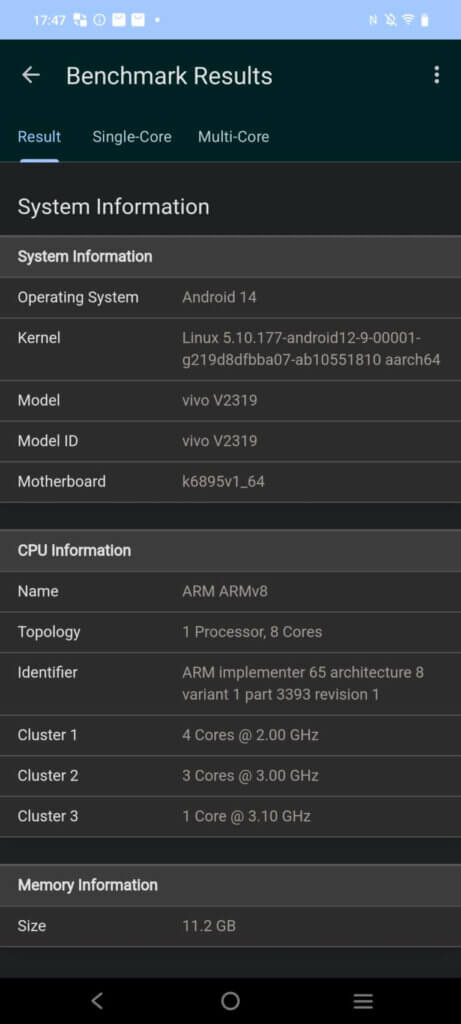
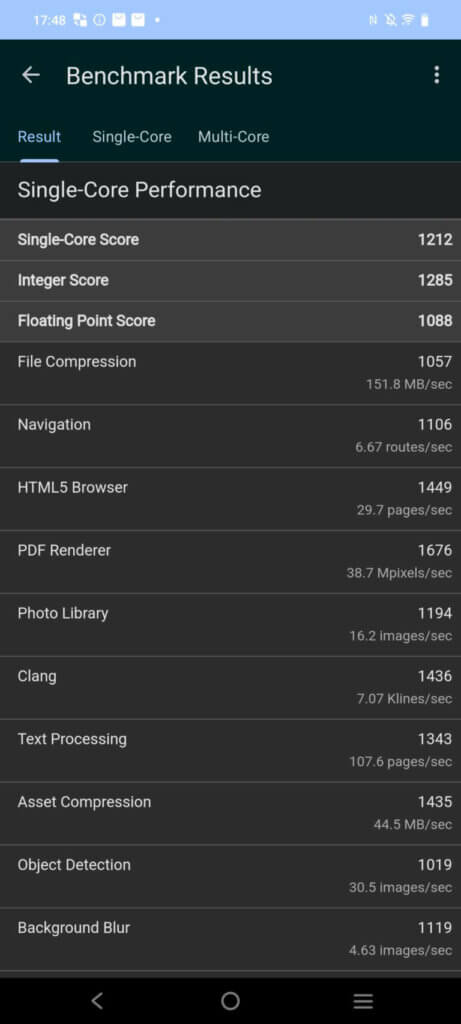
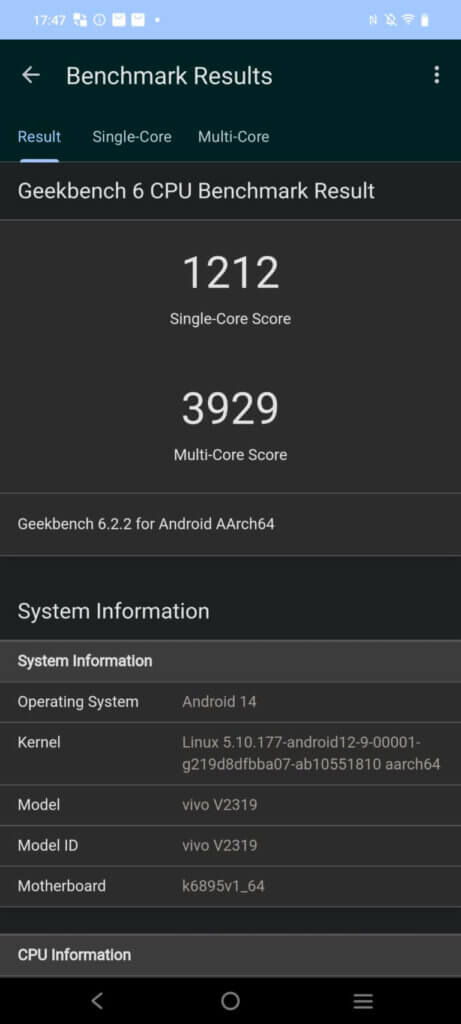
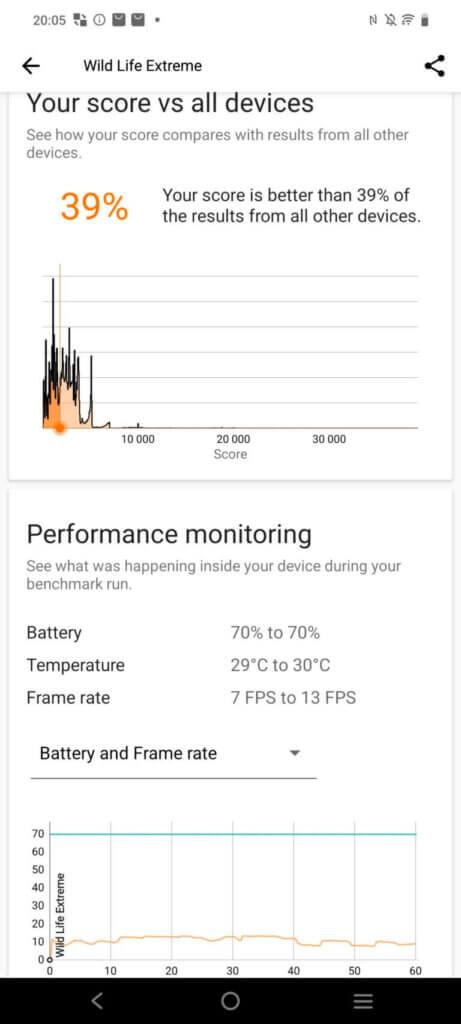
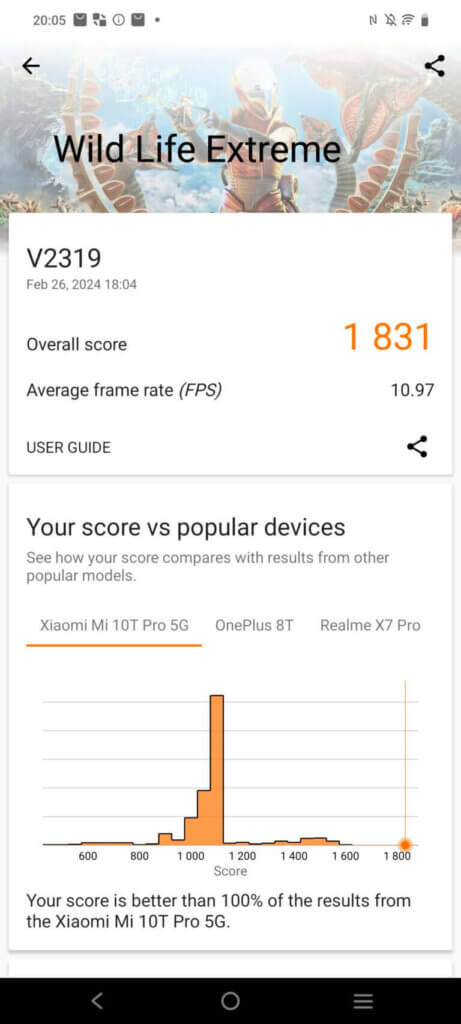
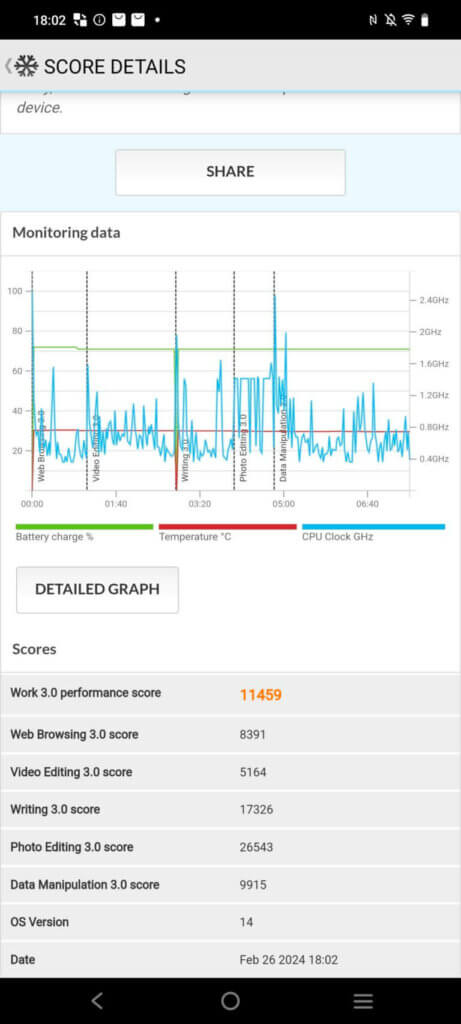
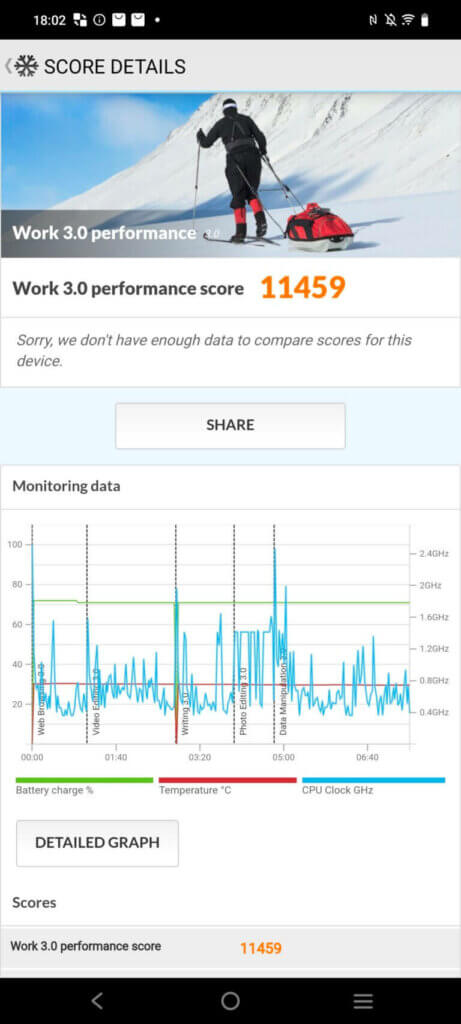
Also, even though many complained about camera and battery issues with Android 14, we haven’t seen anything of the sort on this phone.
Vivo V30 Pro Camera
And now for the camera samples, since Vivo V30 Pro is once again a device aimed squarely at people who take lots of photos – and especially portraits.
Vivo partnered with Zeiss to bring what they call “ the first smartphone to feature a 50 MP Professional Portrait Camera.”
What’s it like? Let’s see.
Vivo V30 main camera
The Vivo V30 Pro camera on the back sports a 50 MP VCS True Color main camera, a significant upgrade from last year’s 12MP, a 50 MP AF ultra-wide 119° sensor with AI Group Portrait mode for photos of up to 30 people, and a 50 MP Vivo VCS True Color main camera that supposedly captures low-light photos with “exceptional” clarity.
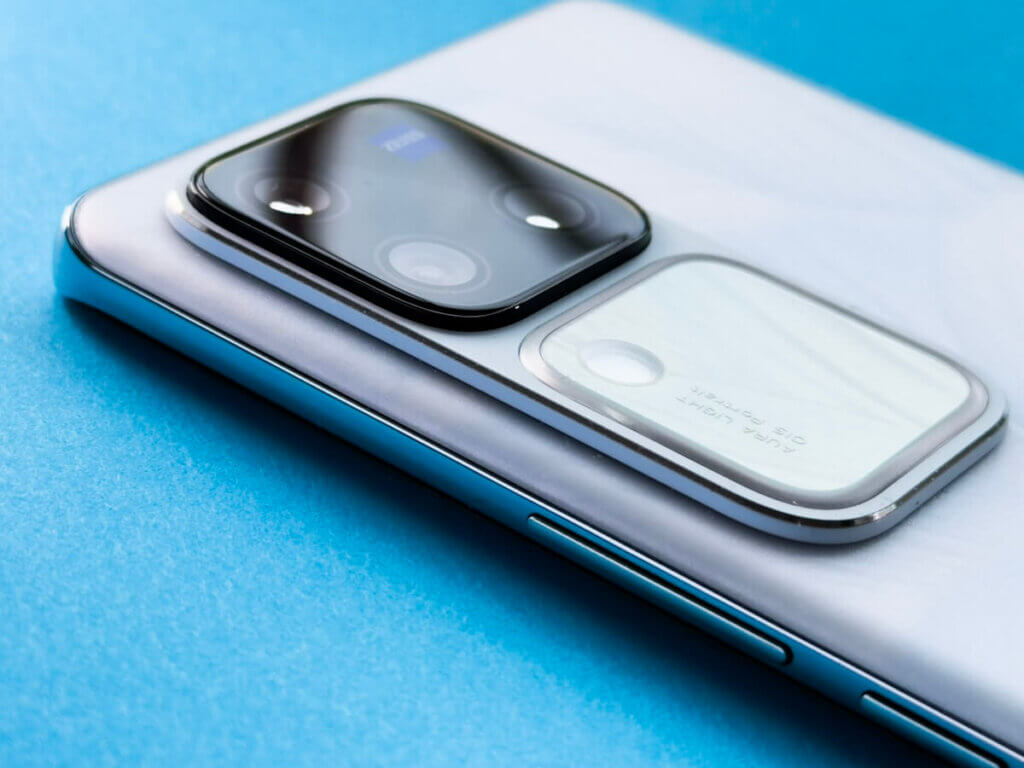
In my tests, I didn’t find anything truly “exceptional” with this camera, but that’s not a fault. Taking the Vivo V30 Pro price into account, this camera and the Zeiss color profiles are a very, VERY good deal if you’re passionate about photography.
I was impressed with the vibrant colors, especially the deep reds in the true-to-life Zeiss mode, and the very close minimum focus distance.
Still, there are some drawbacks too. The camera has a tendency to expose too high in all photo and video modes. I had to compensate by dropping the exposure to -0.7.

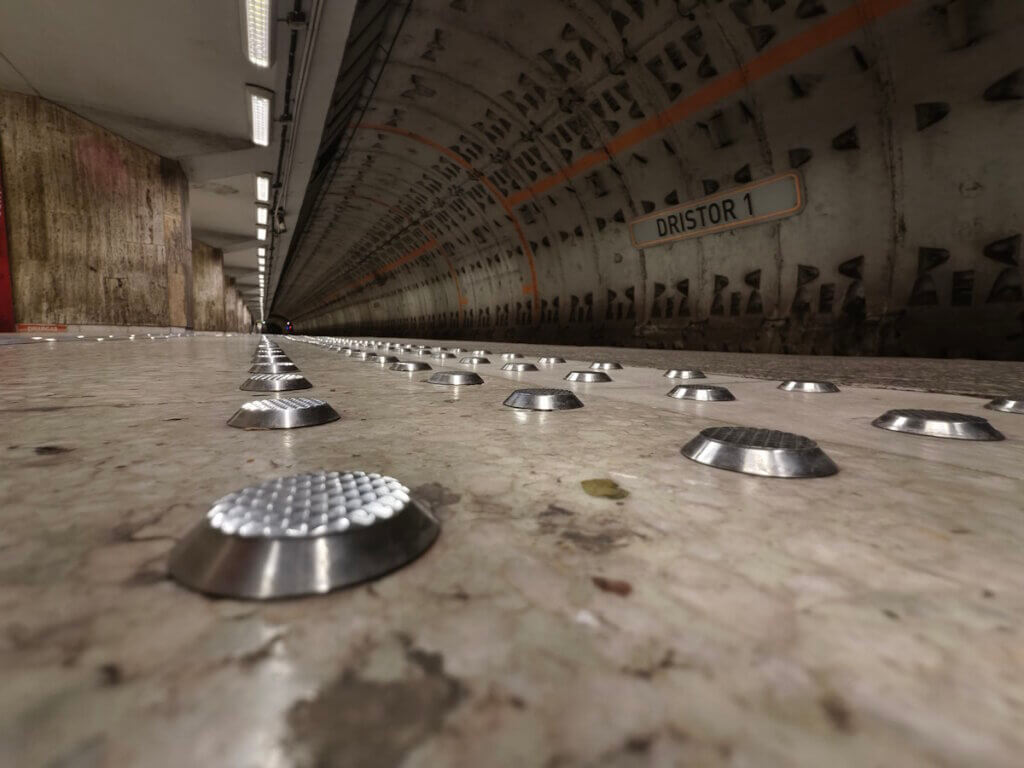




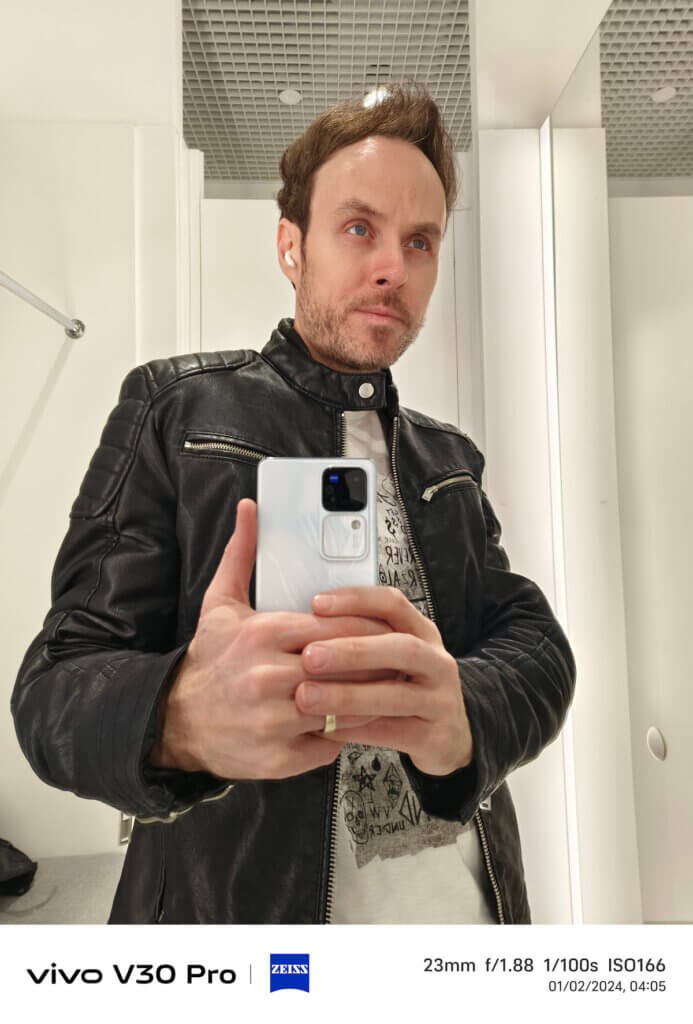
Sharpening is also a bit too high in 12MP mode. The video stabilization is very good during daytime but, in low light, your footsteps are visible.
To explore all those details in full resolution, you can check out all the Vivo V30 Pro camera samples we took in this Google Drive folder.
Vivo V30 selfie camera
The last times we tested Vivo phones, we compared the selfie cameras with the ones found on the iPhone Pro models of the year. Unfair comparison? Not really, as both the Vivo V27 Pro and the Vivo V29 actually produced better-looking selfies than Apple phones retailing for twice or three times the price. So what’s up this year?

This time though, the Vivo V30 Pro – iPhone 15 Pro comparison didn’t have the Vivo come out on top.
Don’t get me wrong, it still produces superb selfies that make you look flattering, but neither the regular nor the low light performance beats Apple.
Actually, scratch that. After doing some more tests and removing Night Mode from the iPhone, Vivo once again comes out on top, no question about it.
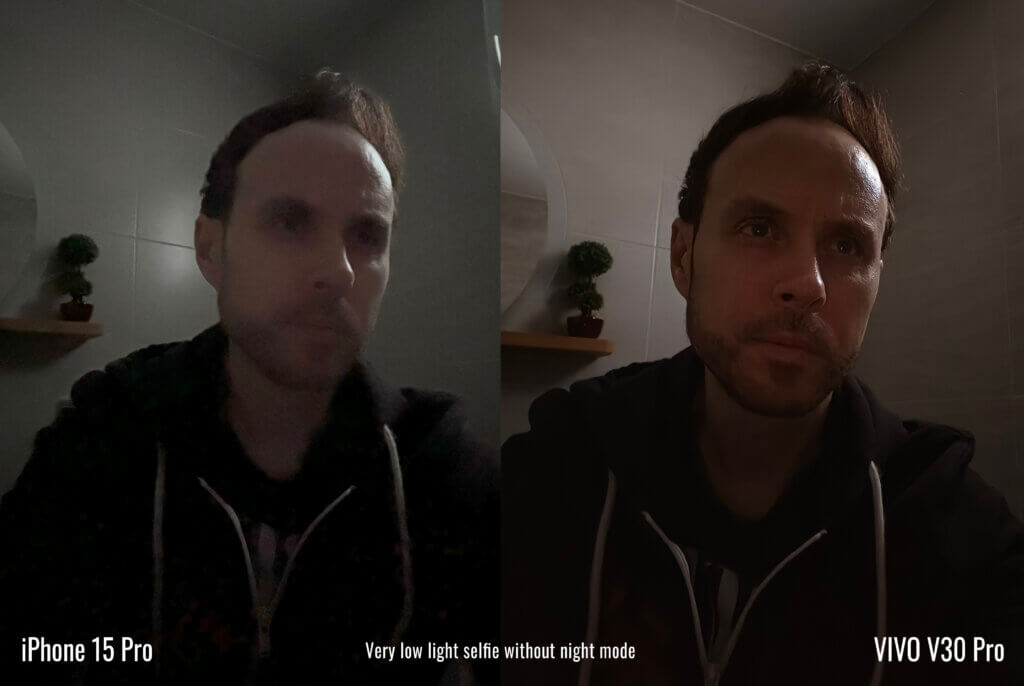
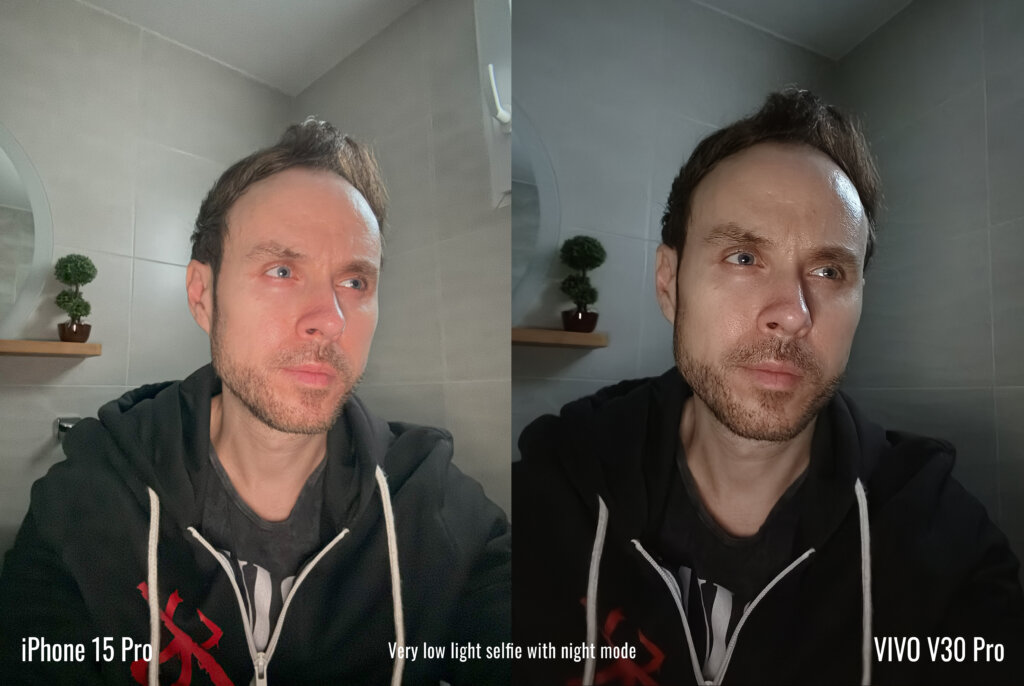
All in all, this is a device that has to make a few compromises for its price range – but they’re compromises mostly anyone could live with, and what you get is impressive, don’t you think?
If you’re passionate about portrait photography and want a point-and-shoot snapper with a few tricks up its sleeve, the Vivo V30 Pro is a good choice.
Follow TechTheLead on Google News to get the news first.

